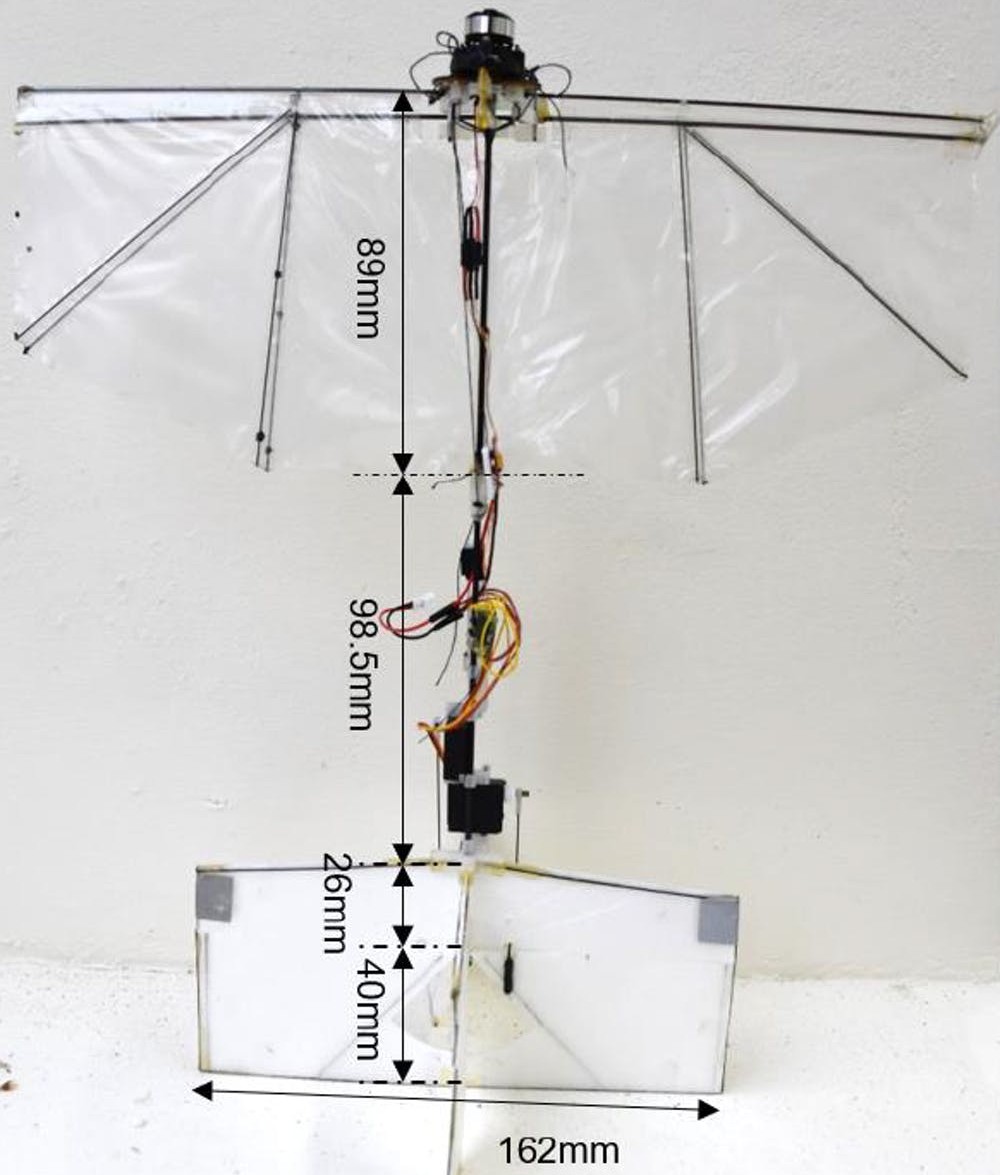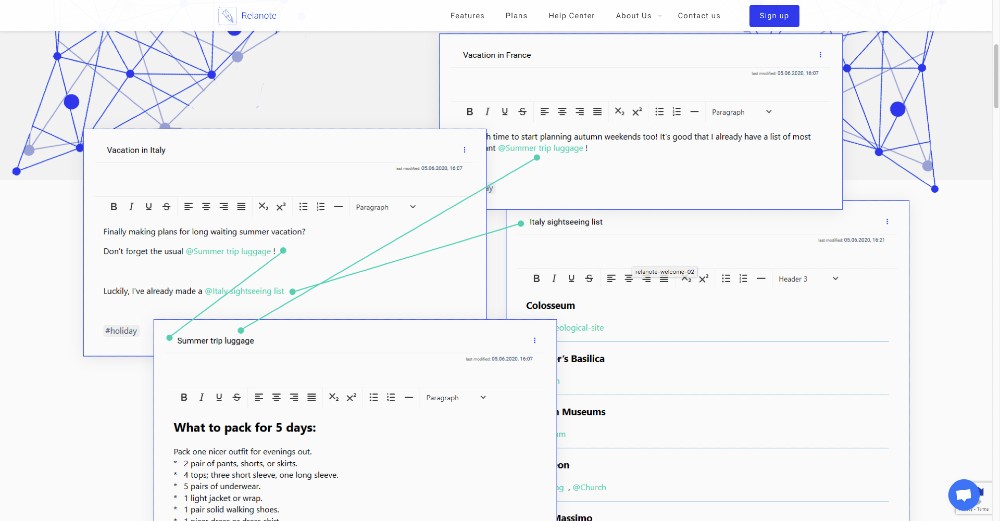The next generation of drones will master the art and aerodynamics of flight with actual wings! This complex engineering feat adds both stability and an unforeseen agility to drones, which means they will be more useful than ever before.
Darting, flapping, swooping, hovering, and soaring are a few of the improved capabilities these cross-wing ornithopters have, making them far superior to the often wobblier, stiffer versions on the market now. The creators of the ornithopters used reverse engineering based on detailed observation and study of how birds move to create a winged version of the flying robot drones.
Instead of the propellers and fixed-wings used in conventional drones, these new drones flap their wings and raise their tails in order to create a forward thrust, similar to how birds and insects fly. The X-wing designs make these flying robots better at maneuvering tight spaces, giving them greater control at varying speeds.
How exactly does the X-wing design excel where other flapping-wing designs have failed? The inventors form a team of researchers from Singapore, Australia, China, and Taiwan. In a recent Science Robotics magazine article, they explain:
“One difference is that our ornithopters make use of the “clap and fling” effect. The two pairs of wings flap such that they meet, like hands clapping. This makes enough extra thrust to lift their body weight when hovering.”
The ornithopters have control over nose and tail as well, and can quickly change from moving horizontally to moving vertically. They also use up to 40% less energy to run, and can be flown like a regular plane, or hover like an existing drone in order to conserve even more energy. Because of the greater control and increased capabilities of these drones, they also have more uses including being safe enough to fly inside.
One of the researchers responsible for creating this ornithopter, Lau Gih-Keong, an associate professor in mechanical engineering at Taiwan’s National Chiao Tung University, spoke to CNN about specific future uses of these flying machines. The new drones can be used to maneuver in and out of nearly inaccessible, tight spaces. For example, they can easily fly in and out of a ventilation duct, where regular inspections are difficult but essential to system upkeep.
If you want to see how these next gen drones work, The Conversation published three videos of these marvels in motion. They look small, about the size of a hummingbird or even a large, flying insect. One can only imagine their potential after seeing how agile they are. In that same article, the researchers have said they will continue to refine and develop these and newer drones, based on the evolution of birds.
Joleen Jernigan is an ever-curious writer, grammar nerd, and social media strategist with a background in training, education, and educational publishing. A native Texan, Joleen has traveled extensively, worked in six countries, and holds an MA in Teaching English as a Second Language. She lives in Austin and constantly seeks out the best the city has to offer.















































